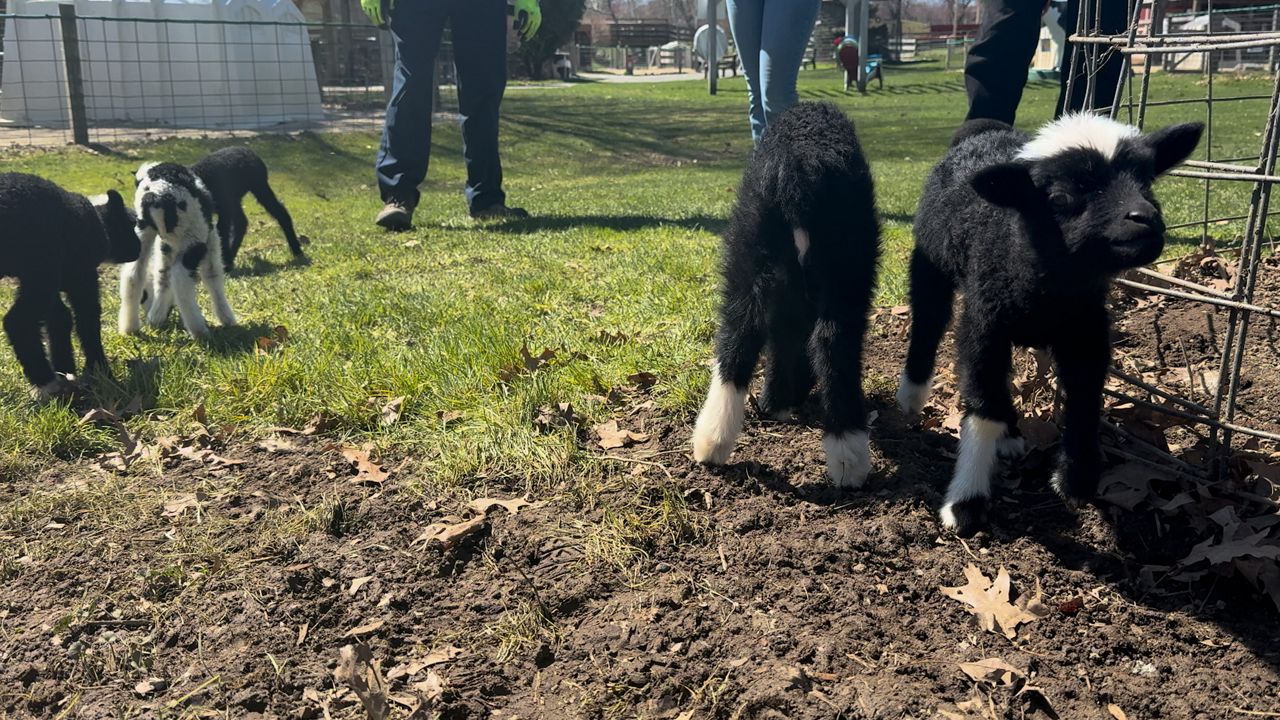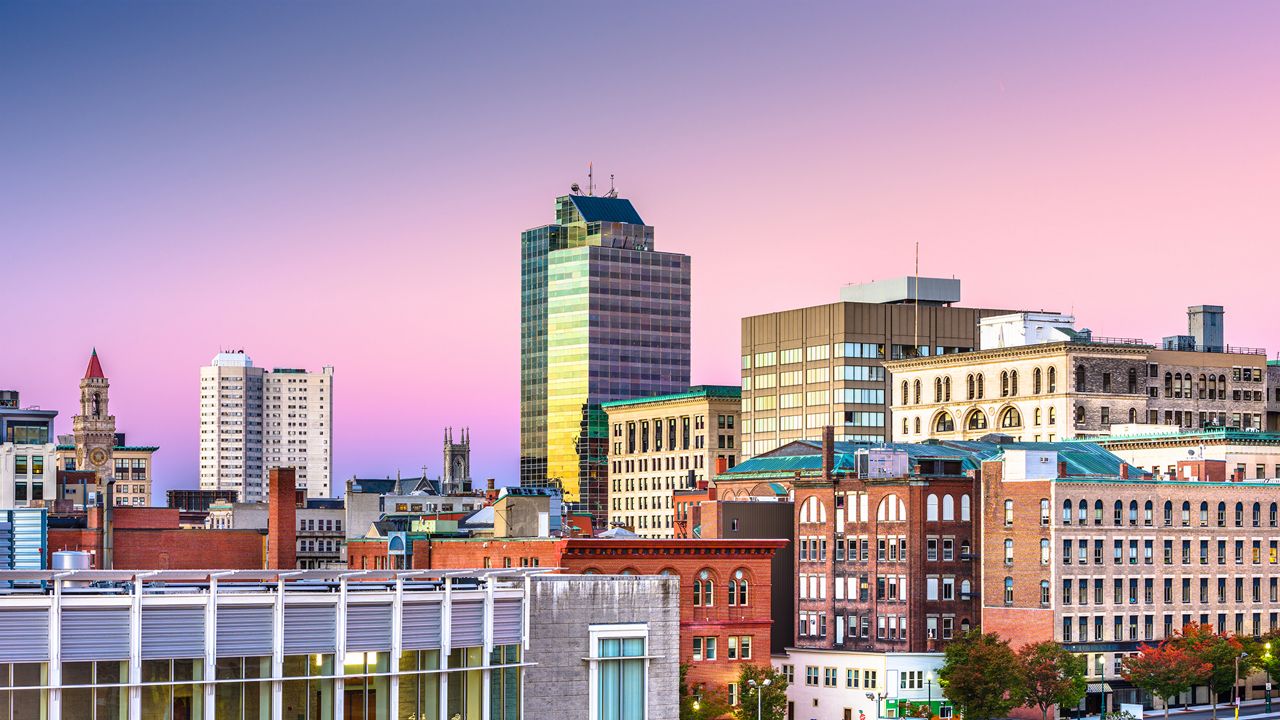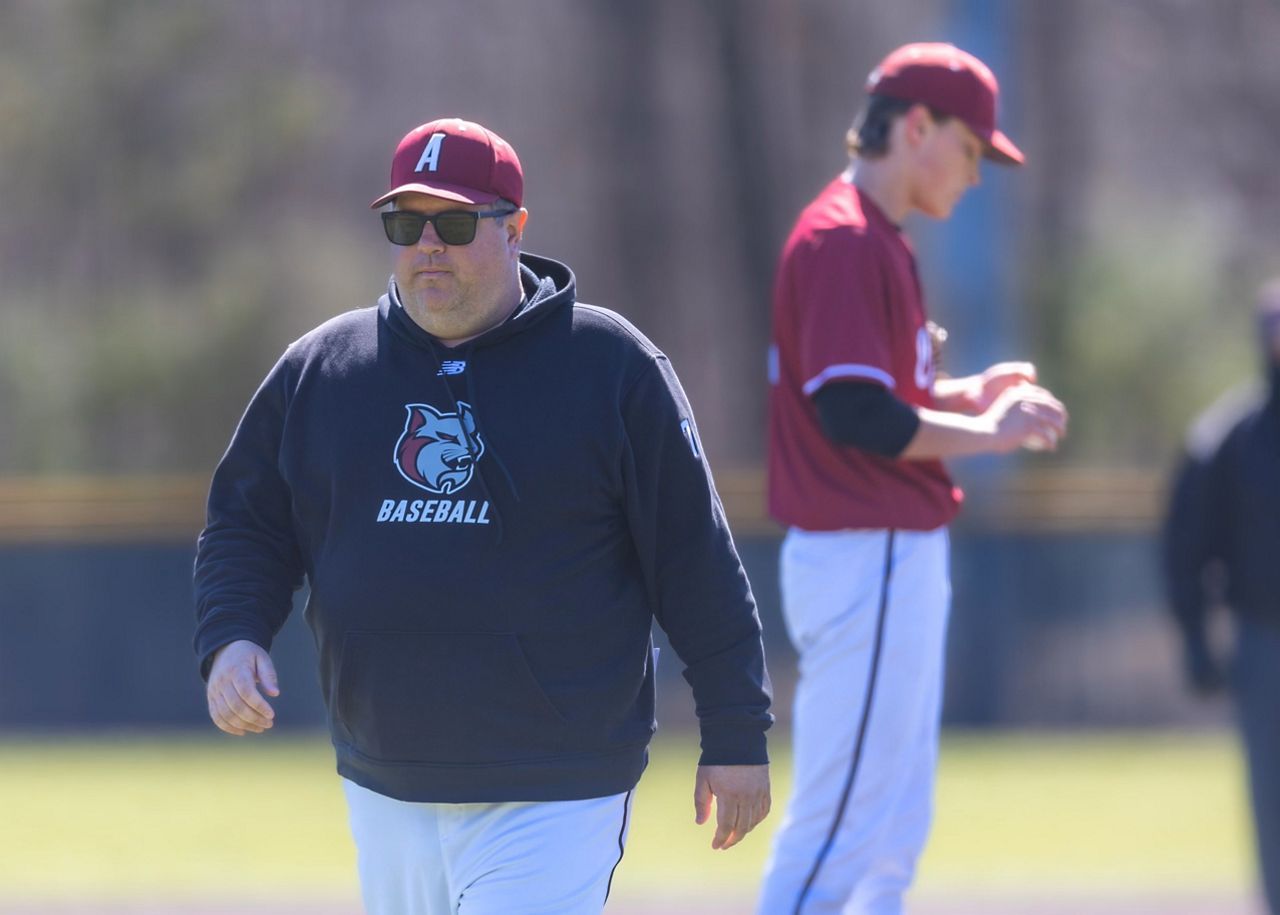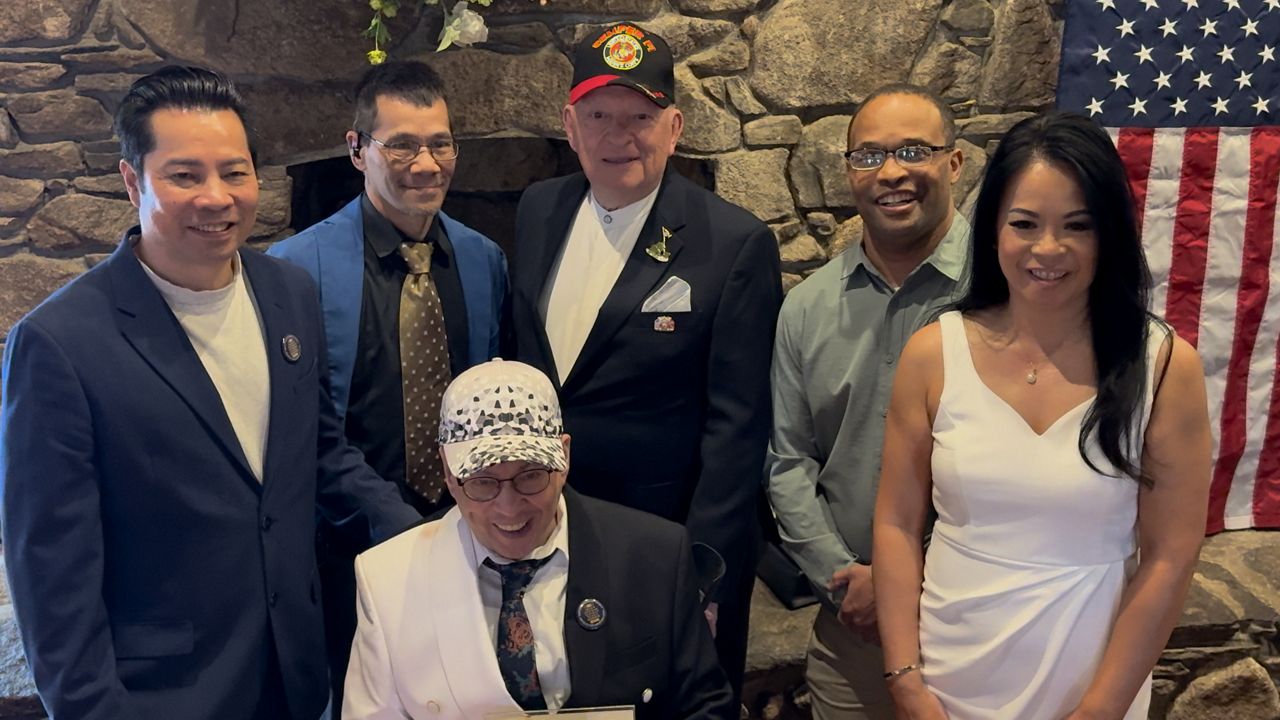WORCESTER, Mass. – The start of college classes is just weeks away and there are still concerns over filling out the Free Application for Federal Student Aid (FAFSA).
Students and families are concerned the issues and glitches, which came with the rollout of the new FAFSA form last year, are going to continue. Quinsigamond Community College in Worcester said it's been a process, but it's working with students to secure financial aid.
The U.S. Department of Education announced last week the upcoming FAFSA will be open to all students by Dec. 1. Prior to last year, students could usually fill out the form as early as October.
The changes have been made in an effort to make it easier and more automated to pull information directly from tax forms, but QCC President Luis Pedraja said, like many new technologies, there's been challenges with glitches and errors in the data.
He said schools are willing to help and it's been more of a challenge for students going to schools with selective admissions because if students don't know what their financial aid package is going to look like, it's harder to make a decision on where to go.
Pedraja said the biggest concern for QCC is getting students to fill out the FAFSA.
"People hear the news and think, ‘Oh, I'm going to wait because I don't want to experience any problems.' But we don't want people to wait," Pedraja said. "We want them to go and fill it out. If there's a problem, then we'll work with them to correct the problem or get the right information. Some of that has to then be done manually and through paperwork, so that slows things down for us because we're continually awarding financial aid and we don't have a preferred admission dates or things so that it doesn't really affect us as much, except getting the students to fill out the FAFSA."
Pedraja said even if there's delays in students getting the awards, QCC can let them enroll, take classes and pay books until everything is finalized.
The new budget Gov. Maura Healey signed last month sets aside more than $117 million for a free community college program across the state. Students still have to do the FAFSA to qualify.










